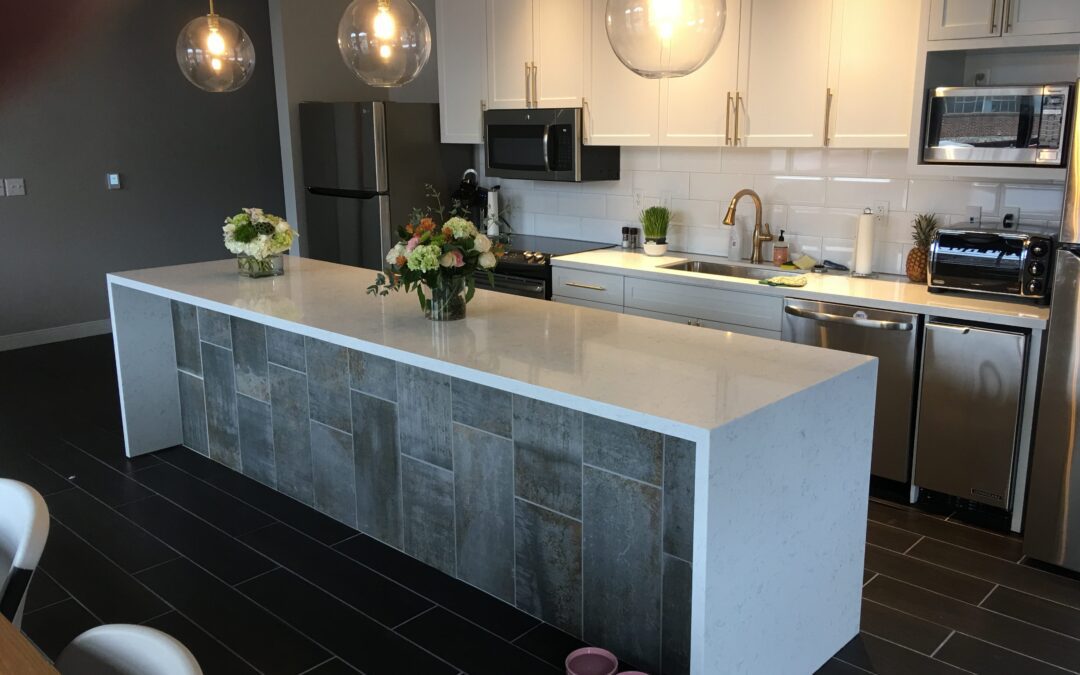A commercial building retrofit refers to the process of making significant upgrades or improvements to an existing commercial building’s systems, structure, or components to improve its energy efficiency, functionality, safety, and overall performance. This process is often undertaken to bring older or outdated buildings up to modern standards and to meet new regulatory requirements or sustainability goals. Commercial building retrofits can encompass a wide range of modifications, including:
- Energy Efficiency Improvements: This may involve upgrading HVAC (heating, ventilation, and air conditioning) systems, installing energy-efficient lighting, improving insulation, and using energy-efficient windows and doors to reduce energy consumption and operating costs.
- Environmental Sustainability: Retrofits can focus on incorporating renewable energy sources, such as solar panels or wind turbines, to reduce a building’s environmental impact and carbon footprint.
- Safety and Accessibility Upgrades: Ensuring a building complies with current safety and accessibility codes and standards is essential. This may include adding fire sprinkler systems, emergency lighting, and making the building wheelchair-accessible.
- Structural and Seismic Upgrades: Older buildings may need structural reinforcement or seismic retrofitting to withstand earthquakes and other natural disasters. This is especially important in regions prone to seismic activity.
- Technology Integration: Updating a building’s technology infrastructure can involve installing modern communication systems, security systems, and building automation systems for improved control and efficiency.
- Interior Renovations: Changing the layout and design of the interior spaces to meet the needs of the occupants, improve aesthetics, and increase functionality.
- Water Efficiency: Retrofitting to reduce water consumption by installing low-flow fixtures, water-efficient landscaping, or rainwater harvesting systems.
- Compliance with Building Codes: Meeting the latest building codes and regulations is a critical aspect of a retrofit, especially when those codes have changed since the building was originally constructed.
- Adaptation for New Uses: Repurposing an existing building for a different use, such as converting a factory into office space, often requires significant retrofitting to meet the needs of the new occupants.
Commercial building retrofits are typically driven by a variety of factors, including cost savings, environmental concerns, regulatory requirements, or the desire to enhance the building’s overall functionality. They can be a cost-effective way to improve a building’s performance and extend its lifespan, as opposed to tearing it down and constructing a new one. Retrofit projects vary in complexity, scope, and cost, depending on the specific goals and requirements of the building owner or operator.
Whether you’re looking to retrofit your restaurant, office, or medical facility, we have the tools and skills necessary to complete the job. By working with Mid-America Contractors you cannot only expect the best, you’ll receive the best service.

